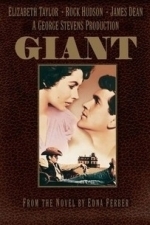
Modernity Britain: Book Two: A Shake of the Dice, 1959-62: Book 2
Book
David Kynaston's history of post-war Britain has so far taken us from the radically reforming Labour...
Must Close Saturday
Book
The ominous announcement "Must Close Saturday" too often heralded the demise of British musicals....

A Writer's Diary
Virginia Woolf and Lyndall Gordon
Book
Virginia Woolf 's A Writer's Diary, first published in 1953, consists of extracts from the diaries...
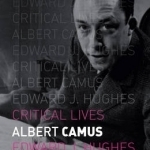
Albert Camus
Book
One of France's most high-profile writers, Albert Camus experienced both public adulation and...
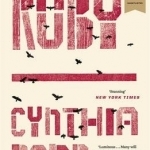
Ruby
Book
***SHORTLISTED FOR THE BAILEYS' WOMEN'S PRIZE FOR FICTION 2016*** 'LUMINOUS' Guardian 'STUNNING' New...
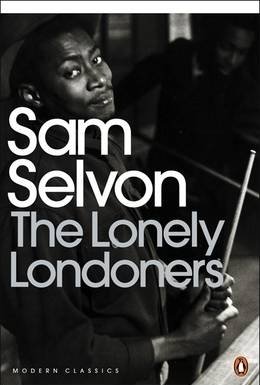
The Lonely Londoners
Samuel Selvon and Nasta Susheila
Book
Both devastating and funny, The Lonely Londoners is an unforgettable account of immigrant experience...
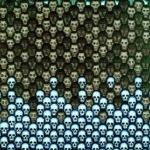
University of Hunger: Collected Poems & Selected Prose
Book
The Guyanese poet Martin Carter (1927-97) was one of the foremost Caribbean writers of the 20th...
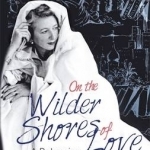
On the Wilder Shores of Love: A Bohemian Life
Lesley Blanch and Georgia de Chamberet
Book
Most famous for The Wilder Shores of Love, her book about four women travellers, Lesley Blanch was a...
The German-Jewish Cookbook: Recipes and History of a Cuisine
Gabrielle Rossmer Gropman, Sonya Gropman and Nach Waxman
Book
This cookbook features recipes for German-Jewish cuisine as it existed in Germany prior to World War...
LoganCrews (2861 KP) rated Giant (1956) in Movies
Sep 20, 2020
Out with the old, in with the new - for good and ill. Just a phenomenal epic in every way, doesn't feel a second of its gargantuan 201 minute runtime and honestly I wouldn't have minded another 201 minutes. Might very well be the best of its kind - a towering masterclass in K.O. acting (everyone is staggeringly great of course but James Dean gives what might unquestionably be the best performance of the 1950s), compelling characters, a laundry list of weighty (and still timely) themes (including but not limited to culture shock, classism, racial bigotry, sexism, toxic masculinity, parental selfishness, the intrinsic oppression that comes with capital or the lack thereof, and how we cope with the never-ending passage of time) handled with an uncommon sensitivity for the time, stunning cinematography, one hell of a grouping of period atmospheres, and no shortage of subversion. Just chock full of countless memorable quotes and damn good scenes one fired right after the other for almost three and a half hours. Comes temptingly close but not quite seamless, my biggest gripe is that with all this time we still never really get to see any of these couples *fall* in love - some of course had to be that way, sure (i.e. Hudson and Taylor as they reconcile with the trials of a whirlwind romance) but what about any of the others? Also has a couple arguably problematic tidbits, but honestly they're still far trumped by its sheer amount of nuance and perceptiveness - its willingness to confront itself, and the way it depicts time as an anomaly - stagnant one moment then stealthy the next. The only thing more fearsome than the years is yourself.

